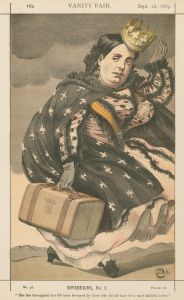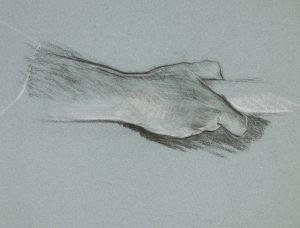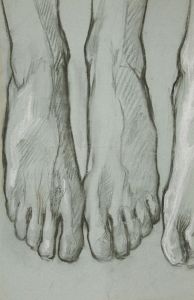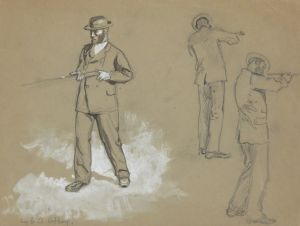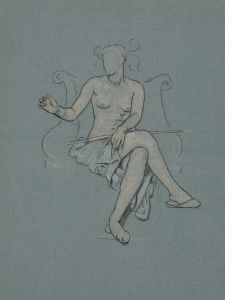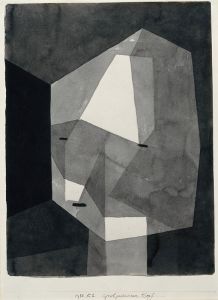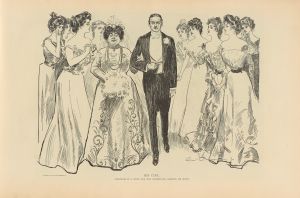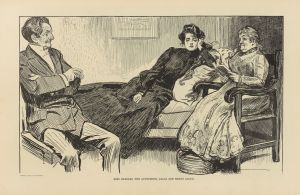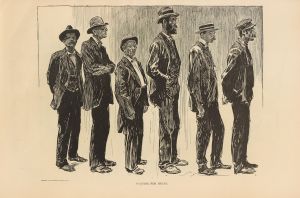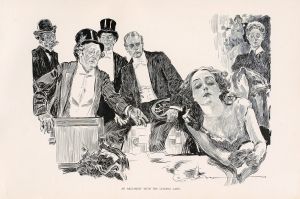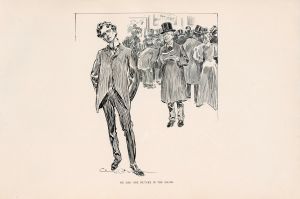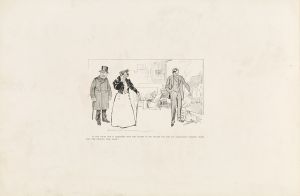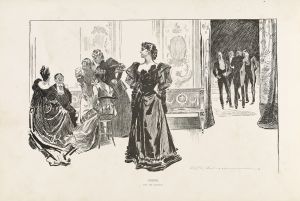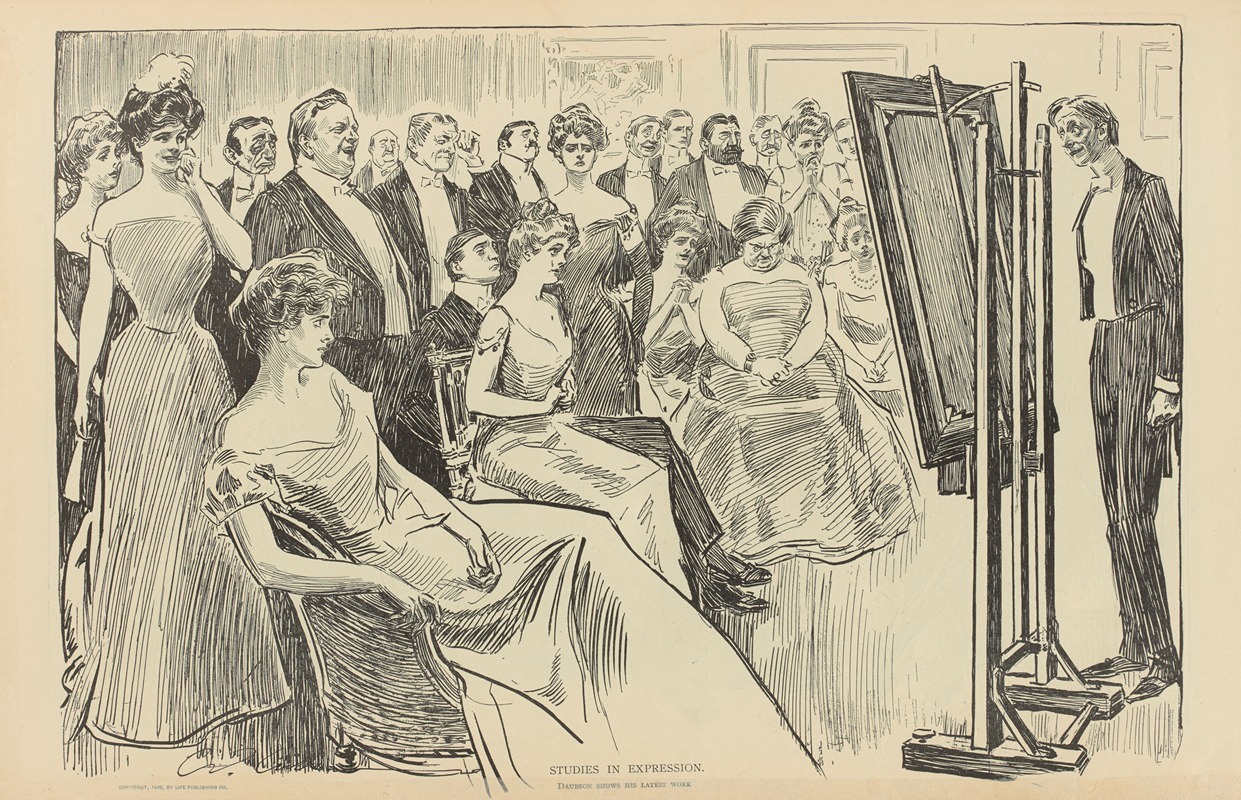
Studies in expression, Daubson shows his latest work
A hand-painted replica of Charles Dana Gibson’s masterpiece Studies in expression, Daubson shows his latest work, meticulously crafted by professional artists to capture the true essence of the original. Each piece is created with museum-quality canvas and rare mineral pigments, carefully painted by experienced artists with delicate brushstrokes and rich, layered colors to perfectly recreate the texture of the original artwork. Unlike machine-printed reproductions, this hand-painted version brings the painting to life, infused with the artist’s emotions and skill in every stroke. Whether for personal collection or home decoration, it instantly elevates the artistic atmosphere of any space.
Charles Dana Gibson was an influential American illustrator, best known for creating the iconic "Gibson Girl," a representation of the idealized American woman at the turn of the 20th century. Among his many works, "Studies in Expression: When Women Are Jurors" is a notable piece that captures his keen observation of societal norms and gender roles during his time.
"Studies in Expression: When Women Are Jurors" was published in 1902. This illustration is part of a series that humorously depicts the potential consequences of women serving on juries, a topic of significant social interest during that era. At the time, the idea of women participating in the legal system as jurors was a subject of debate, reflecting broader discussions about women's rights and suffrage.
The illustration portrays a courtroom scene where the jury is composed entirely of women. Gibson uses his characteristic style to exaggerate the expressions and postures of the characters, highlighting the perceived differences between male and female jurors. The women in the jury box are depicted with a variety of expressions, ranging from boredom to amusement, suggesting a lack of seriousness or understanding of the legal proceedings. This portrayal reflects the societal attitudes of the time, where women were often considered too emotional or frivolous to handle serious matters such as legal judgments.
Gibson's work often contained a satirical edge, and "Studies in Expression" is no exception. By illustrating women in a traditionally male role, he not only comments on the absurdity perceived by some in allowing women to serve as jurors but also subtly critiques the limitations placed on women in society. The humor in the piece arises from the juxtaposition of the women's exaggerated expressions with the solemnity of the courtroom setting.
The "Gibson Girl" itself was a significant cultural phenomenon, representing a new standard of femininity that was independent, confident, and socially active. While "Studies in Expression" does not feature the typical Gibson Girl, it still embodies Gibson's exploration of gender roles and societal expectations. His illustrations often provided commentary on the evolving roles of women, capturing the tensions and contradictions of the era.
Charles Dana Gibson's work, including "Studies in Expression," played a role in shaping public perceptions of gender roles during the early 20th century. His illustrations were widely published in magazines such as Life, Harper's Weekly, and Scribner's, reaching a broad audience and influencing popular culture. Through his art, Gibson contributed to the dialogue about women's rights and the changing social landscape of his time.
In summary, "Studies in Expression: When Women Are Jurors" is a significant work by Charles Dana Gibson that humorously and critically examines the role of women in the legal system during the early 1900s. It reflects the broader societal debates about gender roles and women's rights, showcasing Gibson's talent for capturing the complexities of his era through illustration.





